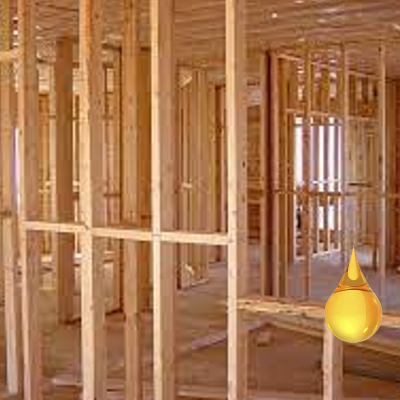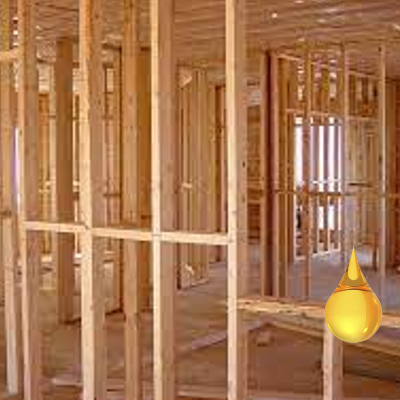The Ultimate Guide to Timber Frame Wood

Discover the Best Features of Timber Woods Apartments for Your Dream Home
April 11, 2023
The Ultimate Guide to Buying Wood/Lumber
April 12, 2023Timber frame wood is a popular building material known for its beauty, strength, and durability. It has been used for centuries to construct homes, barns, and other buildings. In this guide, we will explore everything you need to know about timber frame wood, including its history, benefits, and different types.

What is Timber Frame Wood?
Timber frame wood is a traditional building method where wooden beams are used to construct the frame of a building. The frame is made up of large posts and beams that are joined together with wooden pegs or metal fasteners. The spaces between the posts and beams are then filled with infill panels, which can be made of wood, straw, or other materials.
History of Timber Frame Wood
Timber frame wood has been used for centuries in Europe and North America. In the United States, it was a popular building method from the 1600s to the mid-1800s. With the rise of modern construction methods, timber frame wood fell out of favor, but it has experienced a resurgence in recent years due to its beauty and sustainability.
Benefits of Timber Frame Wood
There are several benefits to using timber frame wood in construction, including:
- Strength and durability: Timber frame wood is known for its strength and durability. It can withstand extreme weather conditions and last for centuries with proper maintenance.
- Sustainability: Timber frame wood is a sustainable building material, as it is renewable and biodegradable.
- Beauty: Timber frame wood is a beautiful and timeless building material that adds warmth and character to any structure.
Types of Timber Frame Wood
There are several types of timber frame wood, including:
- Softwood: Softwood, such as pine or spruce, is a popular choice for timber frame construction due to its affordability and availability.
- Hardwood: Hardwood, such as oak or cherry, is a more expensive option but is known for its strength and durability.
- Glulam: Glulam, or glued laminated timber, is a modern type of timber frame wood that is made by laminating several layers of wood together. It is stronger and more stable than traditional timber frame wood.
Construction Process of Timber Frame Wood
The construction process of timber frame wood involves several steps, including:
- Design: The design of the timber frame is created by an architect or designer.
- Timber selection: The appropriate type of timber is selected based on the design and structural requirements.
- Cutting and shaping: The timber is cut and shaped according to the design, using traditional hand tools or modern machinery.
- Joinery: The timber is joined together using traditional wooden pegs or metal fasteners.
- Infill panels: The spaces between the posts and beams are filled with infill panels, which can be made of wood, straw, or other materials.
Where to Use Timber Frame Wood
Timber frame wood can be used in a variety of applications, including:
- Homes: Timber frame homes are a popular choice for those who want a beautiful, durable, and sustainable home.
- Barns: Timber frame barns are traditional and functional structures that can be used for storage, livestock, or events.
- Commercial buildings: Timber frame wood can be used to construct commercial buildings, such as offices, restaurants, and shops.
Conclusion
Timber frame wood is a timeless and beautiful building material that has been used for centuries.

